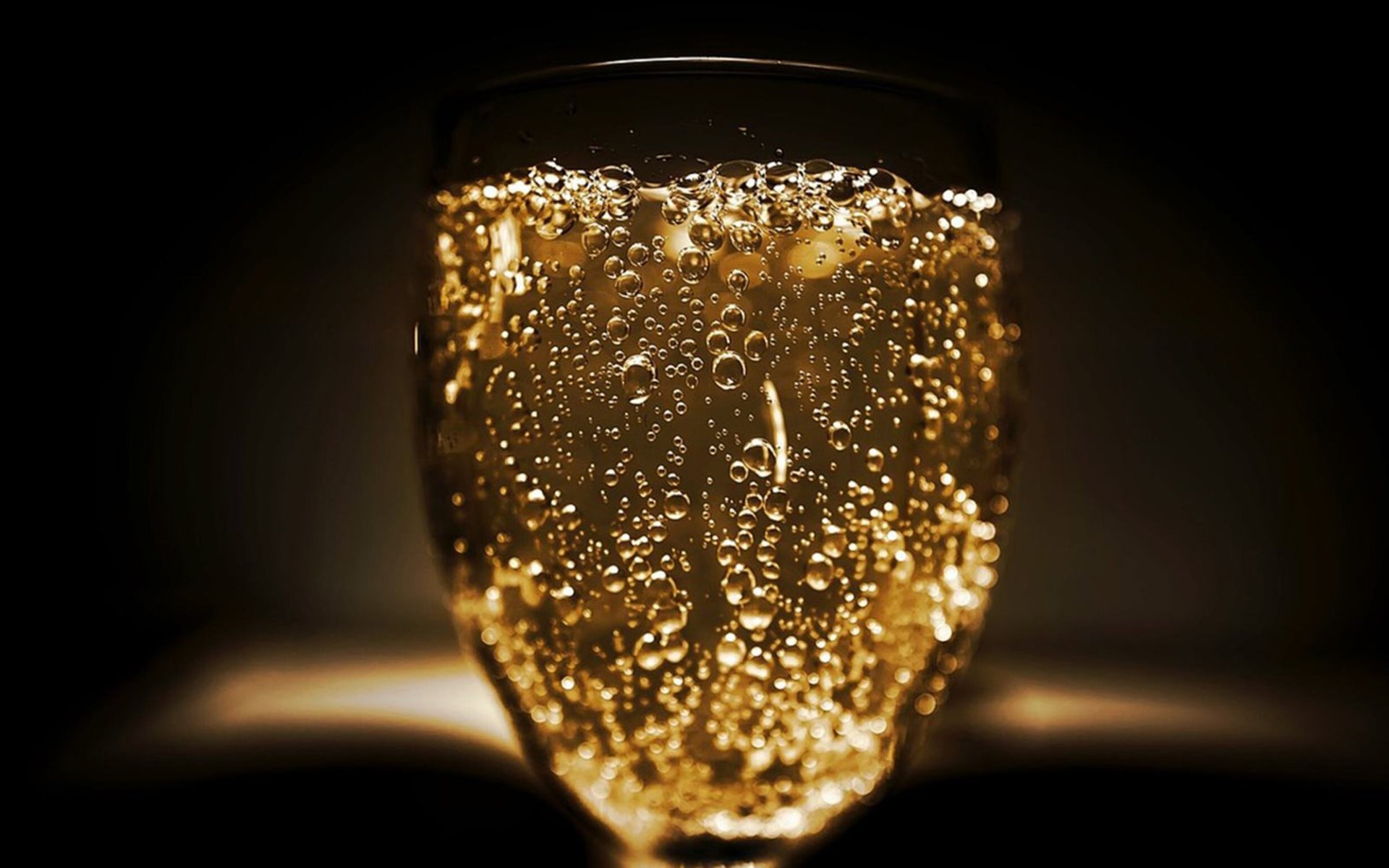Champagne

Among the many delightful beverages cherished by people worldwide, Champagne stands out as a highly popular choice. Fundamentally, Champagne belongs to the category of "Sparkling Wine" because it is an alcoholic beverage infused with carbon dioxide, offering a refreshing and lively experience.
The Accidental Genesis by Dom Perignon
Many might not know that the origin of sparkling wine was, in fact, an unexpected accident during wine production around 1668. The renowned French monk, Dom Perignon, made this serendipitous discovery. During a particularly cold winter, the low temperatures during wine fermentation temporarily halted the yeast's activity. Later, when the wine was bottled and spring arrived with warmer temperatures, the dormant yeast reactivated, initiating a process known as Refermentation or Second Fermentation.
This secondary fermentation process led to an increase in carbon dioxide within the bottle, creating the distinctive bubbles and effervescence not found in still wines, thus giving birth to "sparkling wine." This in-bottle secondary fermentation technique is still employed today and has continuously evolved over time. It is formally known in French as Méthode Champenoise.
From "Defective Wine" to "Celebratory Drink"
Initially, these effervescent wines were considered defective or spoiled by the French, who prioritized still wines in their winemaking traditions. However, from the English perspective, these fizzy wines were unique and captivating. Consequently, in the 17th century, the sparkling white wines from the Champagne region of France rapidly gained popularity among the English aristocracy and royalty. The excitement of seeing the wine burst forth from the bottle with a "pop" and its refreshing taste quickly made it a favored choice for celebrations and significant social gatherings.
Distinguishing Sparkling Wine from Champagne
The term "Sparkling Wine" is a general classification for wines with carbon dioxide bubbles. However, in different countries or regions, sparkling wines may be referred to by other names that indicate their specific origin and production method. For example:
- In Italy, sparkling wines are called "Spumante." A frequently heard example is "Prosecco," which is an easy-drinking, refreshing, and affordable sparkling wine originating from the Veneto region of Italy.
- In Spain, sparkling wines are known as "Cava."
"Champagne," while a type of sparkling wine, holds a unique distinction. It can only be produced in the Champagne Region located in northeastern France, and it must exclusively use specific grape varietals: Chardonnay, Pinot Noir, and Pinot Meunier. If a sparkling wine is produced elsewhere or uses different grape varieties, it cannot legally be called Champagne, as the name is geographically protected and strictly regulated.
Champagne Sweetness Levels: Finding Your Perfect Match
Beyond its classification, Champagne is also categorized by its sweetness level, typically divided into seven main designations:
- Brut Nature (also known as Brut Zero): This level has virtually no sweetness or is the driest, containing only 0-3 grams of residual sugar (RS) per liter. It is characterized by high acidity, offering a crisp and clean finish. It's ideal as an aperitif or paired with fresh seafood like oysters and lobster.
- Extra Brut: Slightly sweeter than Brut Nature, with 3-6 g/L RS. It can be paired similarly to Brut Nature but offers a marginally softer palate.
- Brut: The most popular and widely available level, with 6-12 g/L RS. It is highly versatile and pairs well with a wide range of savory and sweet dishes, including cheese, roasted chicken, and pasta.
- Extra Dry: Despite its name, this level is slightly sweeter than Brut, containing 12-17 g/L RS. It is often preferred with richer or slightly sweeter foods.
- Dry (also known as Sec): This designation indicates a medium sweetness level, with 17-32 g/L RS. It is commonly paired with desserts such as fruit tarts, cakes, and pastries. It can also complement foie gras or strong cheeses, as its sweetness helps to balance the richness of these foods.
- Demi-Sec: This level is quite sweet but not the sweetest, with 32-50 g/L RS. Its sweetness makes it an excellent match for various desserts, similar to Dry or Sec.
- Doux: The sweetest level, with 50+ g/L RS. It is typically enjoyed as a dessert wine and pairs exceptionally well with chocolate, crème brûlée, and caramel-based confections.
It's worth noting that the exact sweetness of Champagne might vary slightly, as each Champagne house may have its own preferences, resulting in minor differences in the residual sugar content. Nevertheless, the diverse range of Champagne sweetness levels highlights the versatility of sparkling wines and caters to evolving consumer tastes, driven by a desire to explore a wide array of flavors. This ensures that today, we have numerous Champagne options available for every occasion and preference.


